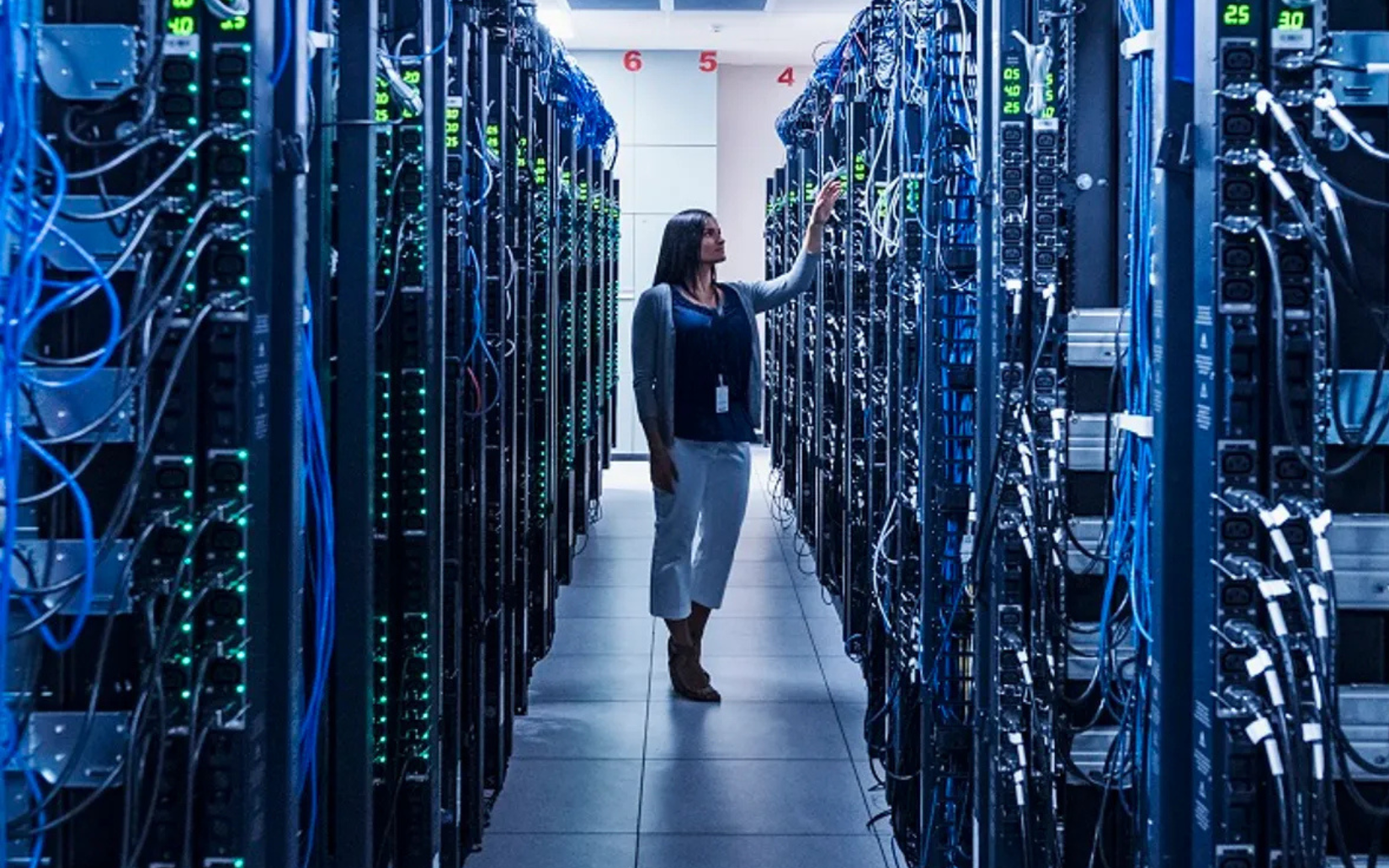When Cyberattack Meets Industry: The JLR Case and What It Means for UK’s Auto Sector
September 15, 2025

Introduction
When Jaguar Land Rover (JLR) was hit by a cyberattack, the ripple effects were immediate—not only shutting down its own production, but dragging much of its supply chain into uncertainty and putting thousands of jobs at risk. The story has raised important questions about how the UK protects key industries, supports workers, and builds resilience to digital threats.
What Happened
- JLR had to halt production because its vital systems were compromised by the cyberattack. Sky News reports the shutdown has already lasted 12 days.
- The disruption isn’t confined to its own factories; many smaller suppliers (in JLR’s upstream and downstream networks) are also severely affected. Some suppliers have temporarily laid off around 6,000 staff.
- Workers at JLR itself (around 34,000 in the UK) remain off-work while the company restores systems.
- Key unions and the Business & Trade Committee (a group of MPs) are pushing for government intervention, calling for COVID-style financial support to help the supply chain and prevent loss of jobs.
Why This Matters
- Supply Chain Fragility
The incident underscores how tightly interwoven modern manufacturing is. Even when only one big firm is attacked, the effect cascades across dozens of smaller suppliers. Cashflow disruption in these smaller firms can lead to layoffs, insolvency, and loss of skills. - Digital Risk Is Industrial Risk
Cyberattacks aren’t just an IT problem. When companies rely on digital systems for production scheduling, hardware control, robotics, cross-site networks or cloud services, any breakdown can stop physical manufacturing altogether. - Workers at the Brink
Employees in smaller firms, often with fewer resources and less buffer capital, are particularly vulnerable. With no production and no income, many are under immediate financial stress. - Policy & Government Role
The calls from MPs for emergency schemes are reminiscent of measures used during COVID-19, meant to protect workers and businesses through unprecedented disruption. Such interventions are costly and complex, but may be essential to preserve industrial capacity in critical sectors. - Reputation, Trust & Resilience
Disruption of this kind damages not just immediate output, but also long-term trust with suppliers, investors, and customers. How fast a firm recovers—and how transparently it handles the attack—matters.
What’s Being Proposed
- The Business & Trade Committee has asked Chancellor Rachel Reeves what kind of support is being offered to JLR’s suppliers to “mitigate the risk of significant long-term commercial damage.”
- Trade union Unite has suggested introducing a temporary furlough-style scheme specifically for workers in the supply chain. The idea is to preserve jobs while production is down.
What Questions Remain
- How extensive is the damage to JLR’s systems, and how long will recovery take? The longer downtime goes on, the greater the economic risk.
- Which suppliers are most exposed, and how many might not survive prolonged cashflow disruption?
- What legal/regulatory obligations does JLR have to its suppliers versus its employees during such an attack?
- What kind of support package will the government realistically offer—will it be reactive, or will it structure something that gives industry confidence there’s a safety net?
- How will this event change how other companies plan for cyber resilience and business continuity?
Lessons & Takeaways for Industry
- Prepare for Worst-Case Downtime: Firms need robust continuity plans. Not just backup of data, but plans for restoring production safely, fallback procurement options, etc.
- Ensure Adequate Cyber Defences: This includes not only perimeter protection but also rapid detection, segmentation (so problems in one system don’t immediately spread), and patching.
- Supply Chain Visibility: Know your suppliers well: their vulnerabilities, financial health, and contingency plans. If many small suppliers go under, the big OEMs feel the pain.
- Insurance & Risk Sharing: Evaluate whether cyber risk insurance can cover parts of the losses; maybe explore contractual risk sharing in the supply chain.
- Advocacy & Policy Engagement: Businesses need to work with government to design support mechanisms that can be deployed in these kinds of emergencies—both to protect industry and the workforce.
What This Means Going Forward
The JLR incident is likely to be a wake-up call. It shines a light on how modern industrial strength depends heavily on digital stability and resilient supply chains. For workers and smaller suppliers, the stakes are very high. The government’s response will test how well policy keeps up with the new kinds of risk in a tech-infused manufacturing age.
For Jaguar Land Rover and its partners, this could bring into sharper focus investment in cyber resiliency, revisiting insurance, revising contracts with suppliers, and being proactive with contingency planning.
Summary
Jaguar Land Rover’s cyberattack is more than a headline; it’s a case study in how digital vulnerabilities can threaten real-world operations, jobs, and economic stability. As the UK grapples with how best to support its industrial base, it must weigh up not just the immediate financial aid, but the wider architecture of resilience: legal, technological, and economic.
Ready to strengthen your security posture? Contact us today for more information on protecting your business.
Let's get protecting your business
Thank you for contacting us.
We will get back to you as soon as possible.
By submitting this form, you acknowledge that the information you provide will be processed in accordance with our Privacy Policy.
Please try again later.
Cybergen News
Sign up to get industry insights, trends, and more in your inbox.
Contact Us
Thank you for subscribing. It's great to have you in our community.
Please try again later.
SHARE THIS
Latest Posts









